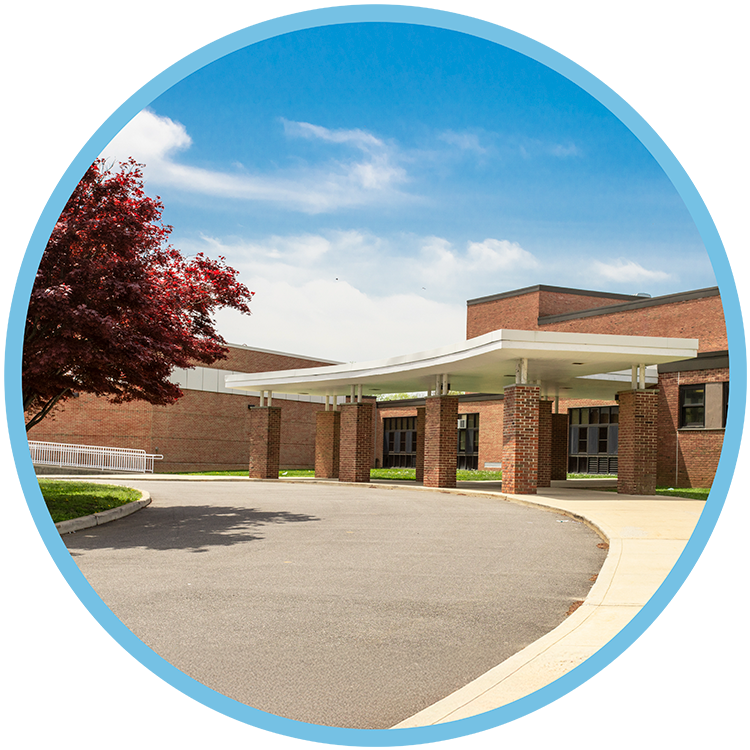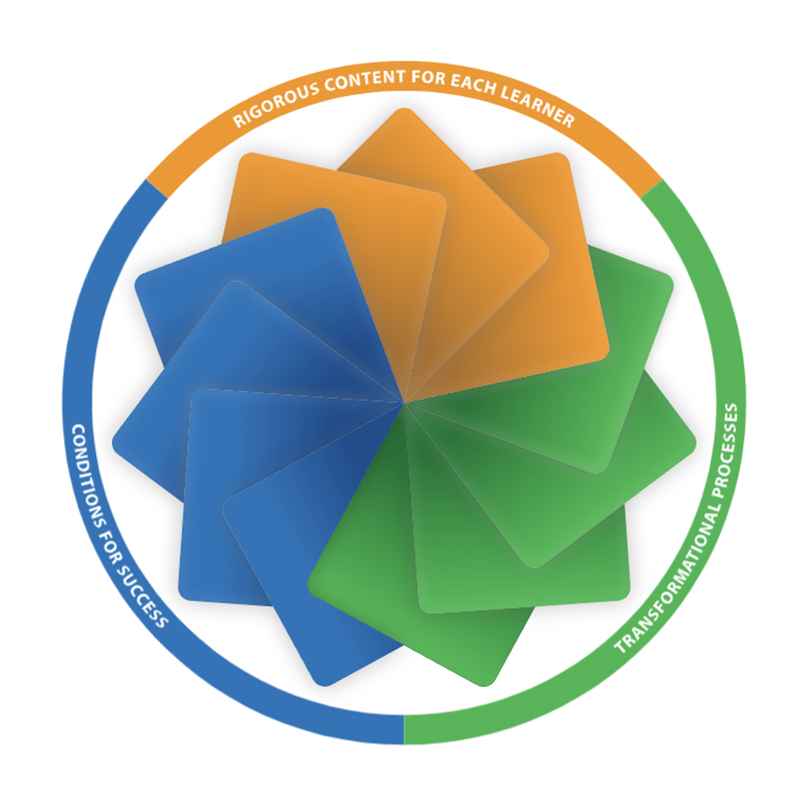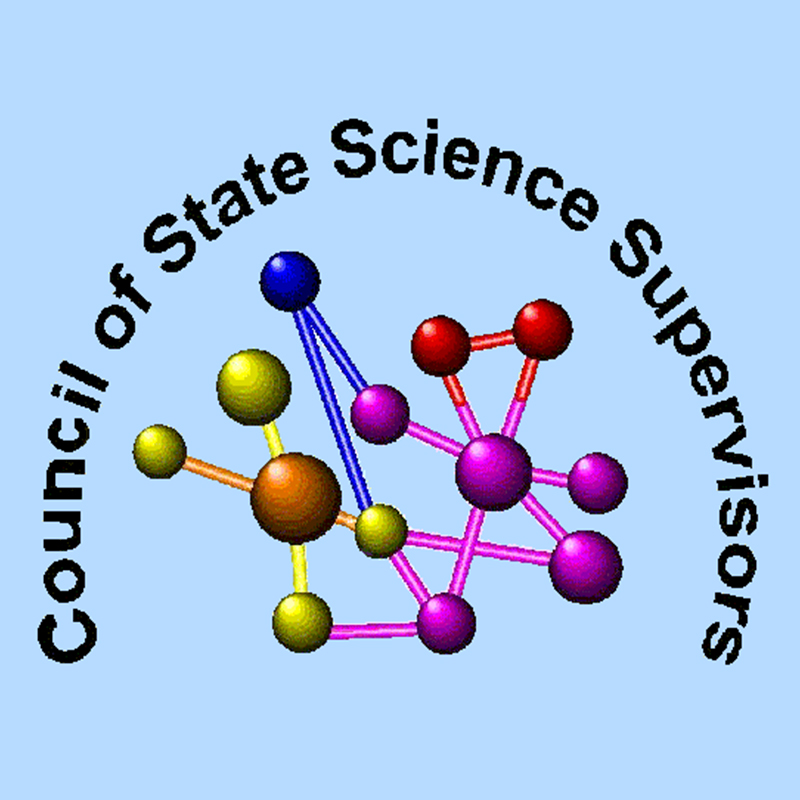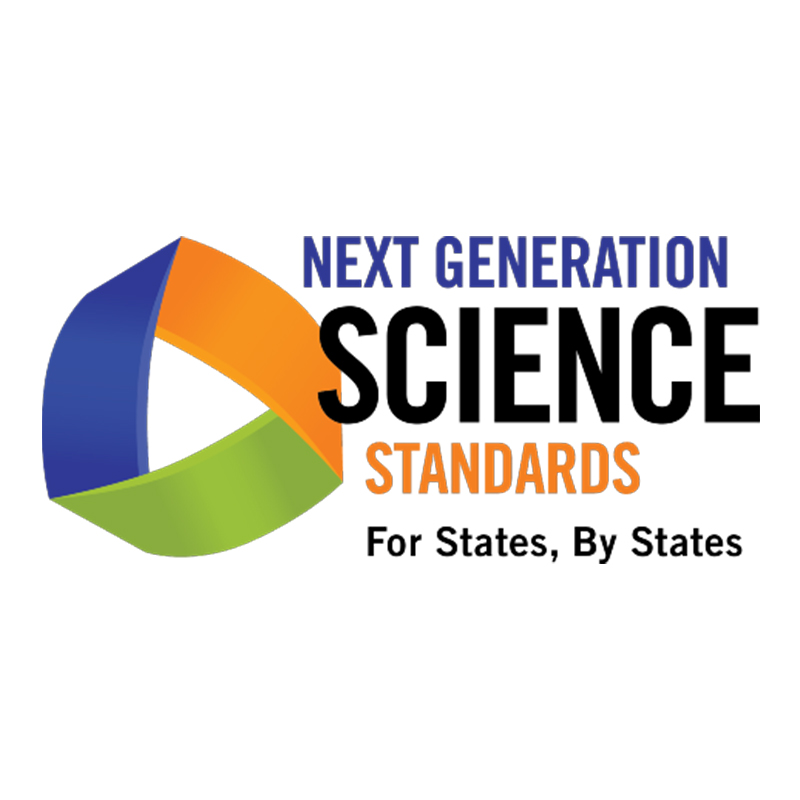Professional Learning
NSTA Membership Add On
Your Solution for Science & STEM Education Online Professional Learning
Are you looking for asynchronous professional learning that you can tailor to your own professional goals and instructional needs? NSTA’s Professional Learning Add On allows you the convenience and flexibility to choose the specific resources you need to achieve your professional learning goals. Improve your content knowledge, expand your pedagogical skill set, and earn professional learning credit—all on your own time!
All Professional Learning Add On resources will automatically transfer into your library.
- Meet CEU/clock hours requirements and earn graduate-level credits.
- No substitute required! All professional learning units and courses are easy to use, accessible, and available online and when it fits your schedule.
- An affordable solution backed by NSTA’s high standards of quality.

NSTA’s Professional Learning Add On allows you the convenience and flexibility to choose the specific resources you need to achieve your professional learning goals. The add-on includes…
Web Seminar Series
Access to one live web seminar series of your choosing
(must be within a calendar year)
Once the add-on is purchased, a promo code will be sent to the member to cover the cost of the web seminar series selected.
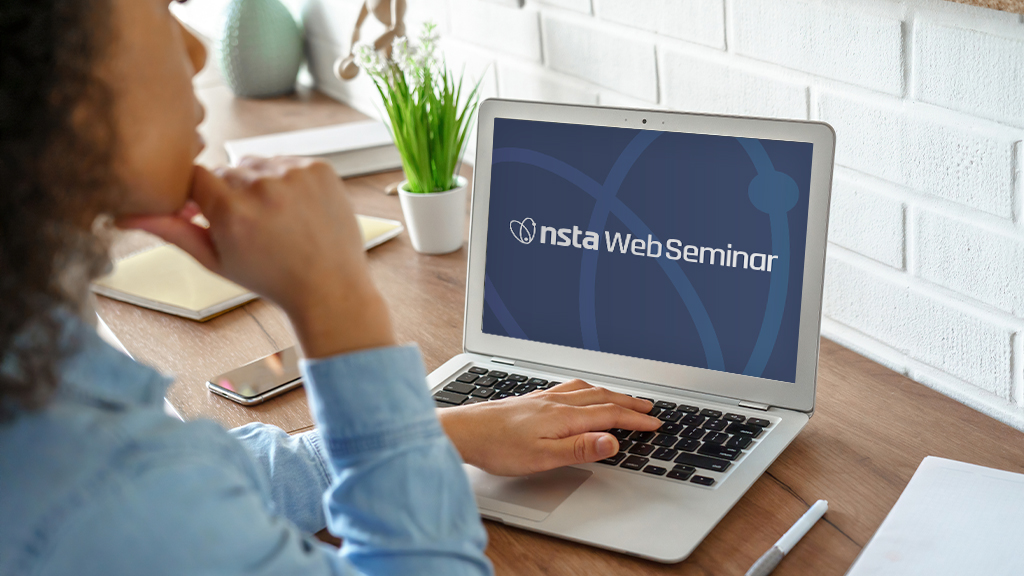
Interactive eBooks+
Access to NSTA’s library of Interactive eBooks+
(teacher versions only)
Interactive eBooks+ provide learning experiences that are both engaging and inspiring. Animations, simulations, and videos bring content to life, while pop-up review questions and special notes help underscore the most crucial points of knowledge.
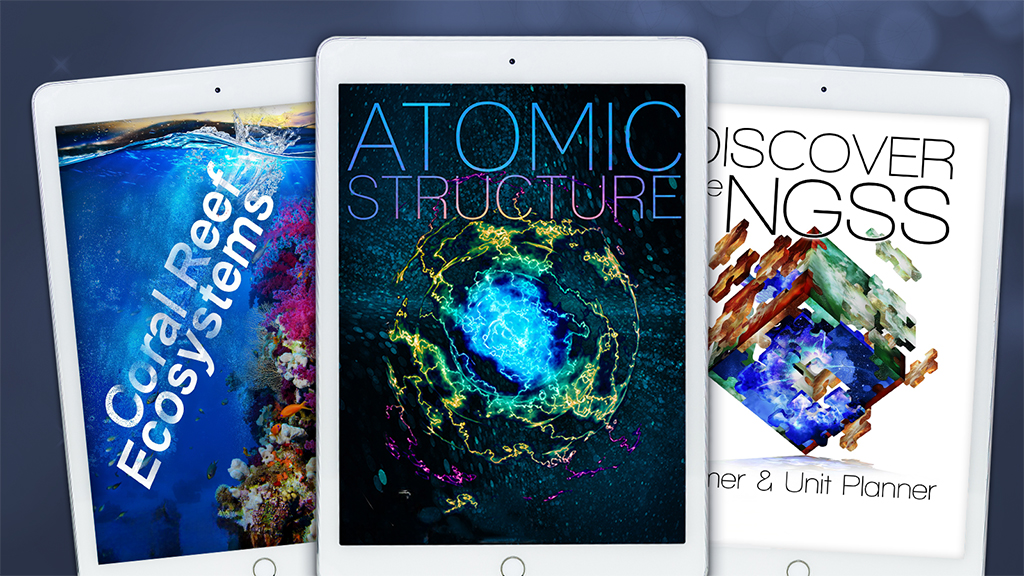
PLUs
Access to all of NSTA’s asynchronous short courses currently available
NSTA Professional Learning Units (PLU) are bite-sized, self-paced, asynchronous short courses that educators can use to improve their practice, enrich students’ learning, and increase equitable participation in the classroom. Regardless of your schedule or location, you can earn a NSTA PLU certificate—that could be used towards two credit hours of professional learning—when it’s convenient for you!

NSTA PLUs & Courses Meet the Definition of High-Quality Professional Learning
- Support educators in making sense of student reasoning
- Be sustained
- Support coherent teaching and collaboration
- Center student interest
- Model the shifts in teaching expected from educators
- Differentiate teacher support
- Connect to teacher beliefs and goals
- Allows for interdisciplinary connections
PLUs & Courses Support Leading National Standards:



